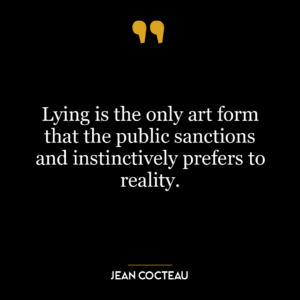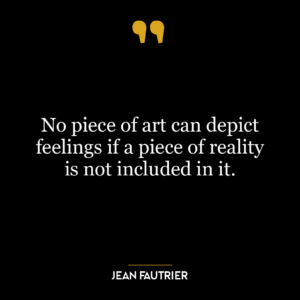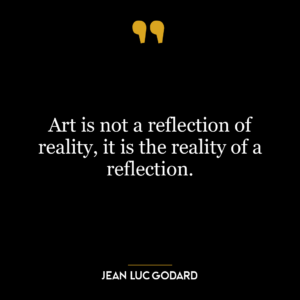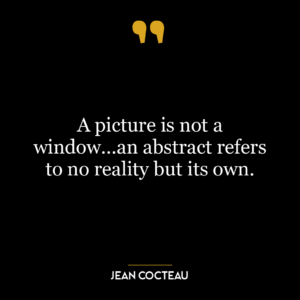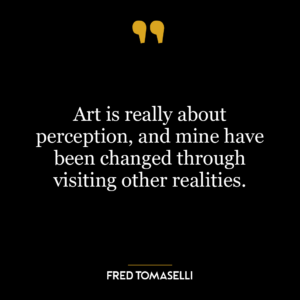This quote is a reflection on the interaction between our internal, subjective world of dreams and the external, objective world of reality. It suggests that both realities can have an impact on each other. Dreams, in this context, can refer to our aspirations, thoughts, and subconscious mind, while reality refers to our physical, tangible world.
When it says, “we are beginning to see the influence of dream upon reality,” it implies that our dreams or internal thoughts can shape our physical world. For instance, if we constantly dream or aspire to achieve a certain goal, we may start to see changes in our reality that align with this dream. We might start to behave differently, make different choices, and even alter our environment to help make this dream a reality. This is essentially the power of visualization and manifestation.
On the other hand, “reality upon dream” indicates that our real-world experiences can influence our dreams and aspirations. For example, if we experience failure in reality, it might impact our dreams by making us more cautious or even fearful. Conversely, positive experiences in the real world could inspire us to dream bigger and aim higher.
Applying this idea to today’s world or personal development, we can see that our dreams and reality are not separate but rather interconnected. In personal development, it’s common to use visualization techniques to ‘dream’ or imagine the reality we want. By doing so, we’re influencing our reality with our dreams. At the same time, our experiences in reality can shape our dreams and aspirations, guiding our personal growth and development.
In a broader societal context, collective dreams or aspirations can shape societal realities. For instance, the dream of equality has led to significant societal changes and movements. Conversely, the realities of climate change are shaping our collective dreams and goals towards sustainability.
In conclusion, this quote emphasizes the fluid and reciprocal relationship between our internal and external worlds, and how understanding this relationship can be a powerful tool for personal and societal development.






